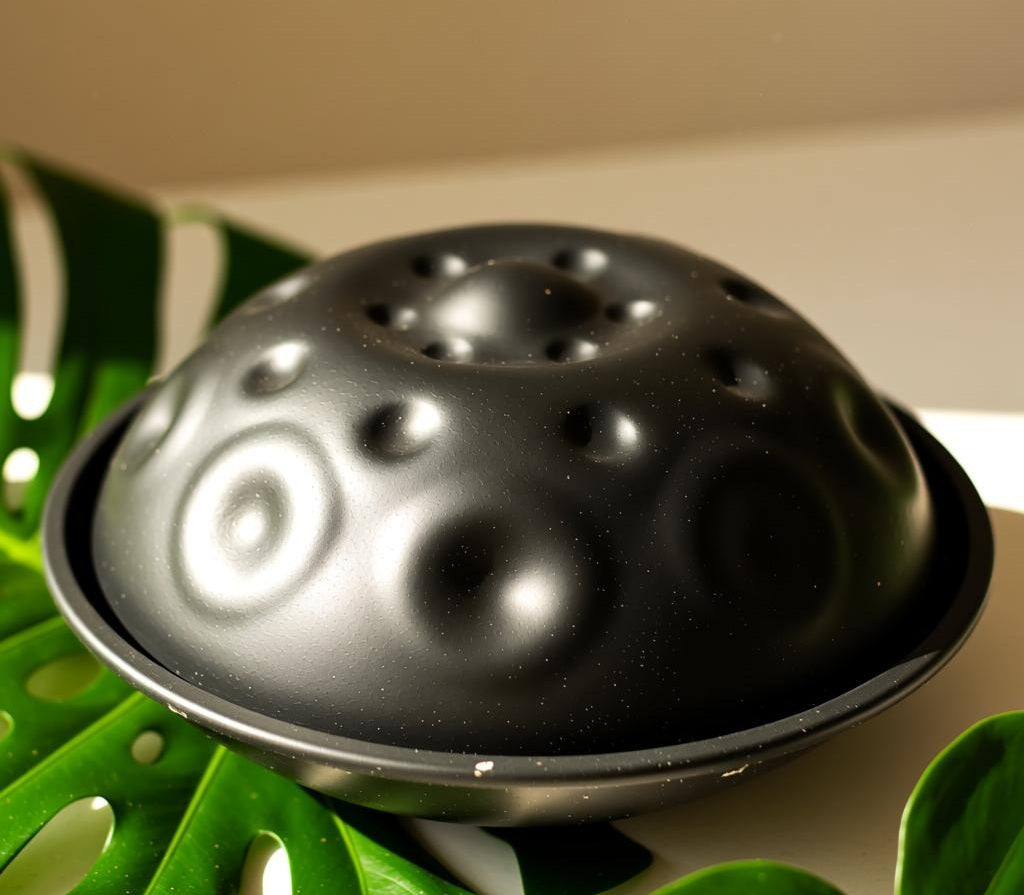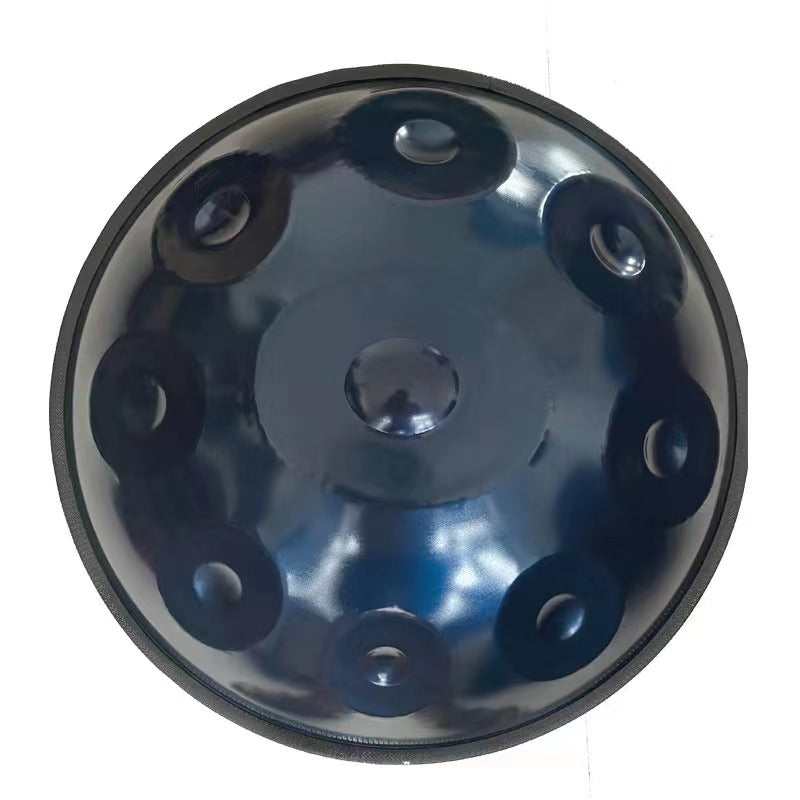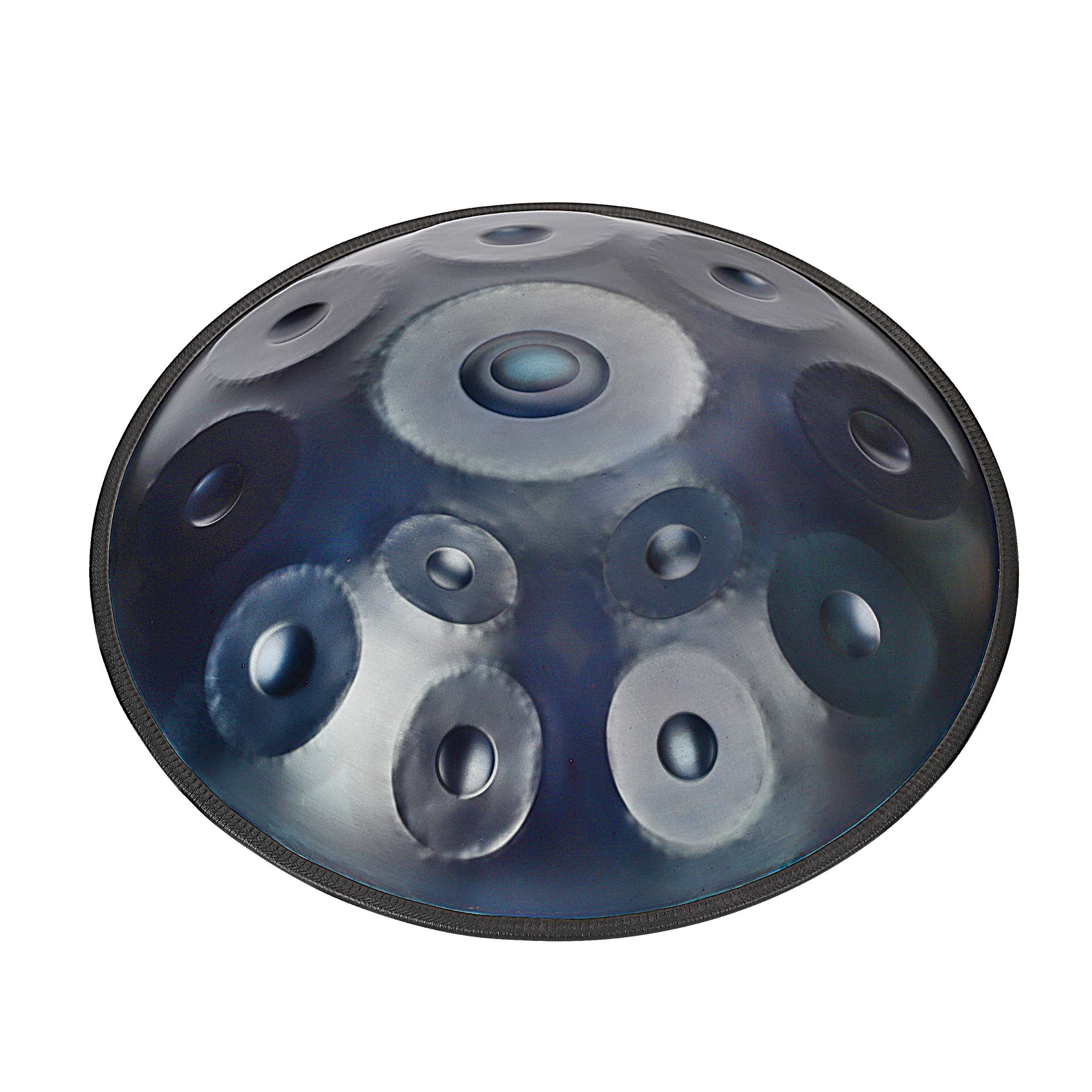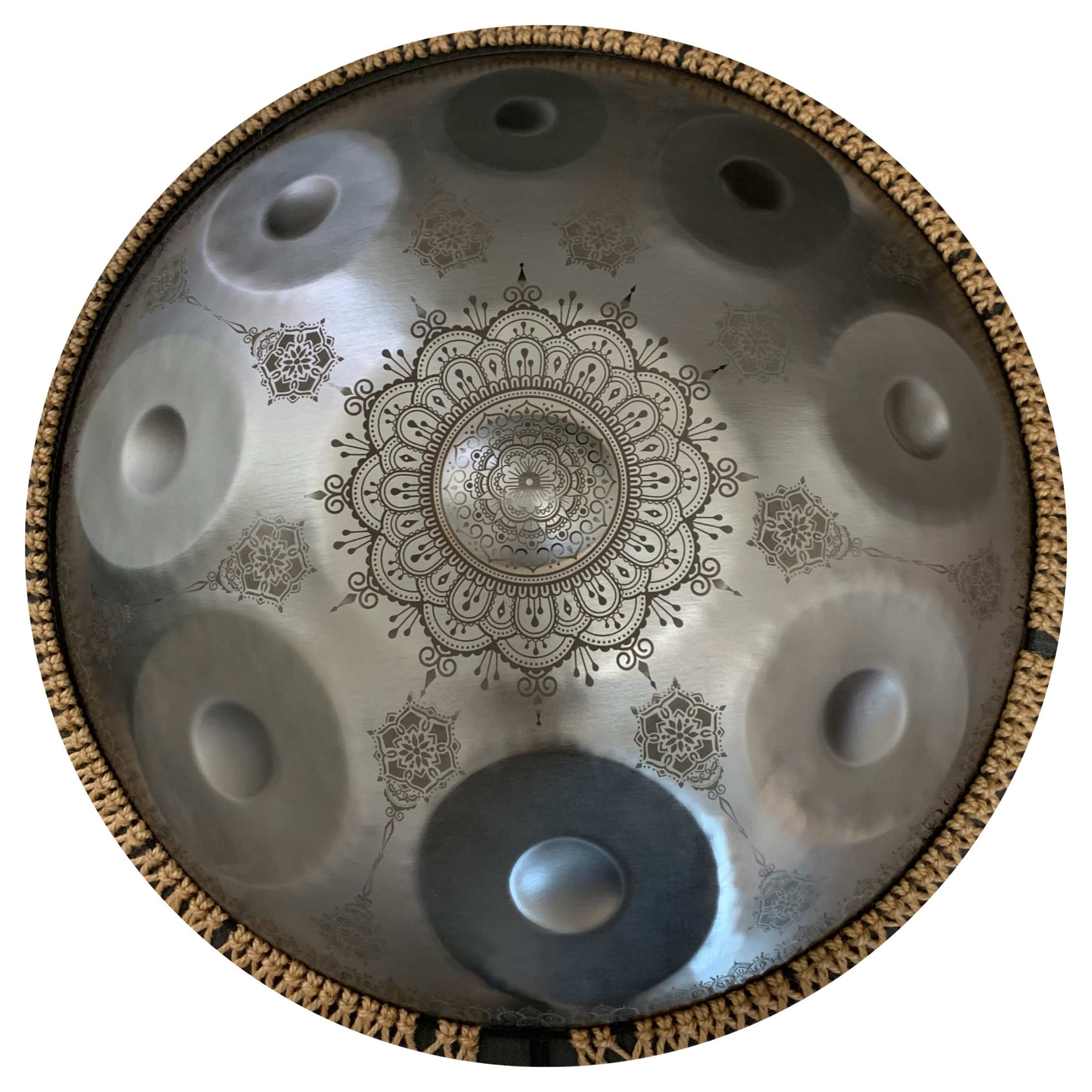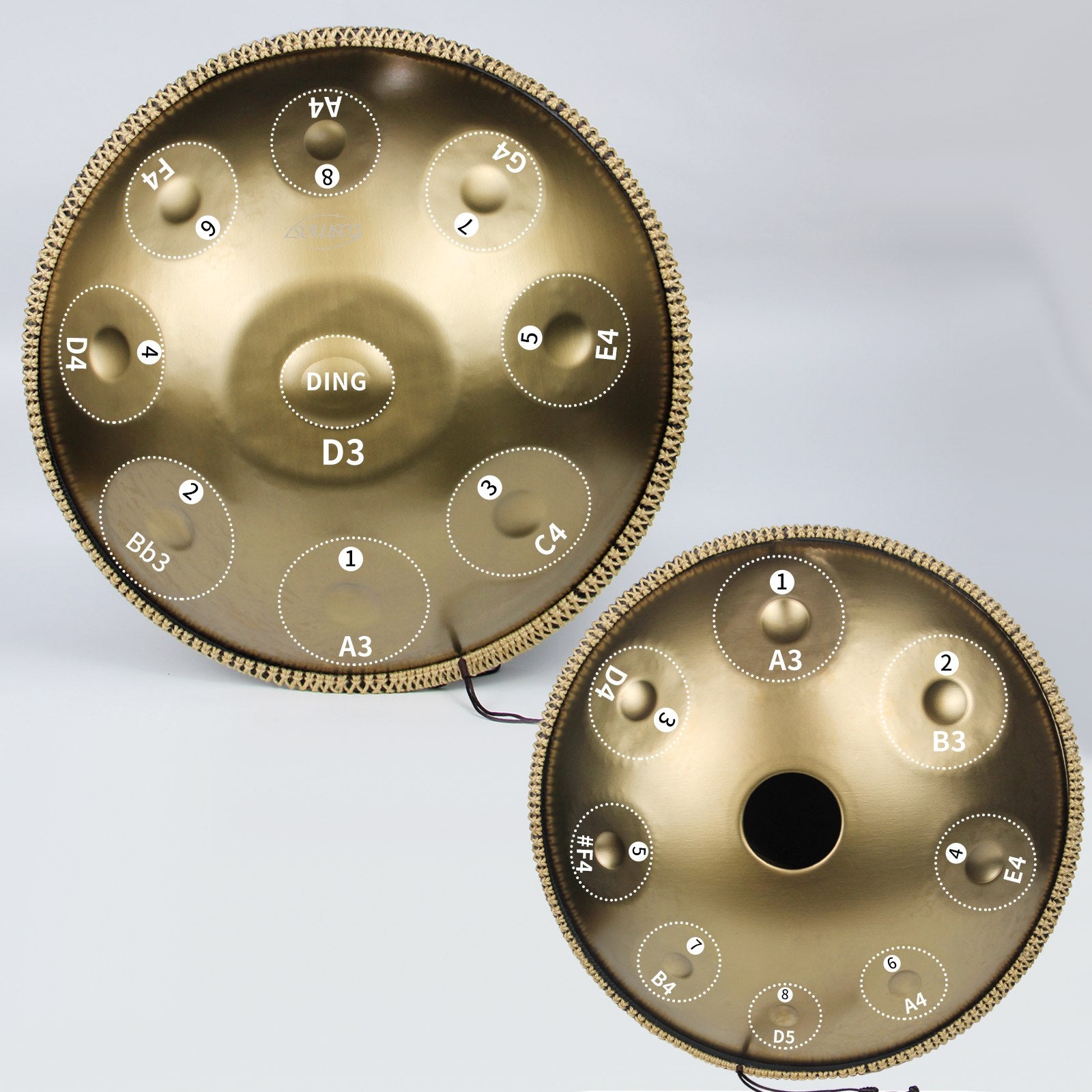The hang drum—often known as a handpan—is one of the most mesmerizing musical instruments ever created. Its celestial tones and enchanting resonance have captured the hearts of musicians and listeners around the globe. Yet, one question continues to arise: why is a hang drum so expensive? To answer this, we must delve into the artistry, craftsmanship, materials, and dedication that go into each creation.

In this article, we’ll explore the reasons behind the high cost of hang drums, understand their value as handmade works of art, and discover why instruments from Cosmos Handpan—a premier handpan maker from Colorado, USA—are worth every penny.
Table of Contents
- Introduction to Hang Drums
- A Brief History of the Hang Drum
- The Art and Craft of Handpan Making
- Premium Materials and Their Impact on Cost
- Precision Tuning and Sound Perfection
- The Time and Skill Required
- Cosmos Handpan: A Benchmark in Excellence
- Understanding Handpan Pricing
- Summary Table
- FAQs
- References
Introduction to Hang Drums
A hang drum is a steel percussion instrument that produces melodic tones when played by hand. It consists of two metal hemispheres carefully shaped, tuned, and joined to form a resonant chamber. Each note area vibrates at specific frequencies, creating rich harmonic overtones.
While some refer to all instruments of this type as “hang drums,” the original Hang® was developed by PANArt in Switzerland in the early 2000s. Today, similar instruments crafted by expert artisans are known as handpans.
A Brief History of the Hang Drum
The hang drum was first introduced in 2001 by Felix Rohner and Sabina Schärer, who combined steelpan technology with acoustical science. The goal was to create a new type of melodic percussion instrument that resonated with both body and spirit.
As the instrument gained popularity, demand skyrocketed—but the original makers produced only limited quantities, fueling exclusivity and higher prices. This legacy of precision, artistry, and scarcity still defines the instrument’s value today.
The Art and Craft of Handpan Making
Each hang drum or handpan is a work of art forged by hand, not machine. Unlike factory-made instruments, handpans require meticulous craftsmanship from start to finish.
1. Shaping the Metal
Artisans start by forming two steel shells—often through hammering, pressing, and shaping. This process must ensure perfect symmetry and consistent thickness to maintain ideal resonance.
2. Tuning and Note Layout
Each tone field (note area) is tuned manually by striking and listening repeatedly. This labor-intensive process ensures that every note harmonizes perfectly with the rest of the instrument, often featuring between 9 and 17 distinct notes.
3. Heat Treatment and Nitriding
To enhance durability and resistance to corrosion, the shells undergo heat treatment or nitriding—a process that hardens the steel without compromising tonal quality.
4. Final Assembly and Sound Testing
Once both halves are tuned, they are carefully joined and rechecked for acoustic perfection. The result is a breathtaking instrument that sings with every touch.
Premium Materials and Their Impact on Cost

High-quality handpans require premium steel alloys that can sustain tuning stability and resist environmental wear. The type of steel used—whether nitrided, stainless, or raw—affects tonal warmth, sustain, and durability.
- Nitrided Steel: Offers crisp tones and enhanced rust protection.
- Stainless Steel: Produces a warmer, more resonant sound and lasts longer.
- Raw Steel: Cheaper but less stable; rarely used in professional instruments.
Precision Tuning and Sound Perfection
One of the biggest contributors to a handpan’s price is its precision tuning. Expert tuners can spend hours or even days refining the tonal balance of each note. The process requires:
- Exceptional hearing ability to detect micro-variations in pitch.
- Expertise in harmonics to achieve a warm and stable resonance.
- Manual adjustments using specialized hammers and tuning tools.
Even minor mistakes can compromise the entire instrument’s sound quality, so every handpan must undergo multiple tuning and testing sessions before it’s ready for sale.
The Time and Skill Required
Building a single handpan can take anywhere from 40 to 100 hours, depending on complexity and design. Master crafters spend years refining their techniques to achieve tonal balance, stability, and beauty.
This is not mass production—it’s art. Each handpan embodies the spirit and skill of its maker, and this human touch is a core reason behind its high cost.
Cosmos Handpan: A Benchmark in Excellence
Located in the heart of Colorado, Cosmos Handpan is a leading U.S. manufacturer specializing in handpans and tongue drums. With over a decade of experience, Cosmos has perfected the balance between craftsmanship, acoustic science, and soul.

Our Philosophy
At Cosmos Handpan, we believe every instrument should connect musicians to a higher level of creativity and emotional resonance. Each handpan we create embodies our philosophy: “Forging Cosmic Connections.”
Commitment to Excellence
Before shipping, each handpan undergoes a series of quality checks, resonance testing, and tuning refinements. This ensures a flawless and inspiring musical experience.
Our Product Range
- Handpans: 9, 10, 12, and 17-note models available.
- Tongue Drums: Available in 10", 12", and 14" sizes.
Every Cosmos instrument is designed to transport you into a realm of cosmic harmony, helping you explore new soundscapes with passion and ease.
Understanding Handpan Pricing
Handpans can range from $1,500 to $5,000 or more, depending on the maker, materials, and tuning style. Here’s what influences the price:
- Handcrafting: Entirely manual process, each note tuned by ear.
- Material Quality: Higher-grade steels and surface treatments cost more.
- Sound Precision: Master tuners charge premium rates for expert work.
- Brand Reputation: Established makers like Cosmos Handpan offer tested reliability.
- Customization: Personalized note scales or engravings add to cost.
When you buy a hang drum from a trusted maker, you’re not just purchasing an instrument—you’re investing in decades of expertise, passion for music, and a timeless sonic experience.
Summary Table
| Factor | Impact on Price |
|---|---|
| Material Quality | Higher-quality steels increase cost but improve tone and durability. |
| Craftsmanship | Each handpan is handmade with hours of labor and expertise. |
| Tuning Precision | Manual tuning ensures perfect harmony; requires years of skill. |
| Testing & Inspection | Multiple quality checks guarantee superior sound. |
| Brand Reputation | Trusted brands like Cosmos Handpan assure authenticity and excellence. |
FAQs
1. Why are handpans so expensive compared to other instruments?
Because each one is handmade and meticulously tuned, often taking weeks to perfect. The craftsmanship, premium materials, and sound precision justify the cost.
2. How long does a high-quality handpan last?
With proper care, a well-made handpan like those from Cosmos can last a lifetime. Regular cleaning and storage in dry conditions help maintain its tonal integrity.
3. What makes Cosmos Handpan different?
Cosmos Handpan focuses on quality, resonance, and emotional connection. Every piece undergoes careful testing and fine-tuning for a cosmic musical experience.
4. Are cheaper handpans worth buying?
While budget options exist, they often compromise on tuning stability and tonal quality. Investing in a reputable brand ensures long-term satisfaction.
5. Can I customize the tuning or design?
Yes, Cosmos Handpan offers custom note layouts and aesthetic personalization to suit your musical style.

